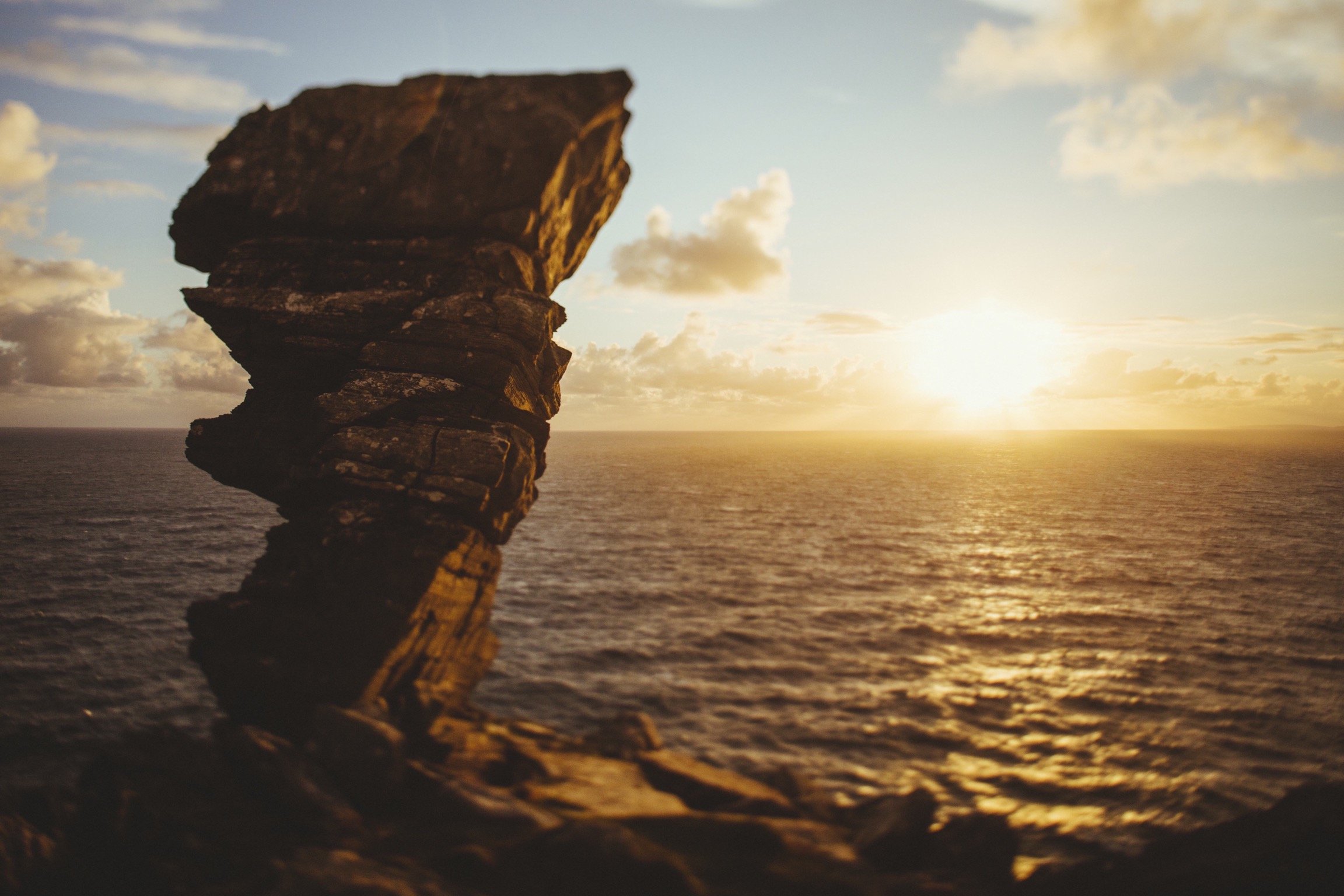I went shopping at The Dill Pickle Food Co-op and the only plastic I used was my credit card. I think I was on cloud nine. It was a huge accomplishment for me and in some small way, I felt like I was contributing to society (and the polar bears).
Before I went to the store, I gave them a call to see if I could bring in my own containers. Some stores, including Whole Foods, don't let me. Not only did The Dill Pickle encourage me to bring in my own containers, they explained that they try to be a styrofoam-free store (that is serious goals for a grocery store). "Do you think they'll let me live there?" I wrote in an email to my husband.
I ran to the kitchen, where I keep my hidden stash of glass jars and plastic yogurt containers. I've been collecting them for years, reluctant to throw them away and convincing myself (and my husband) that I'll find a use for them. Finally, my hoarding tendencies are paying off.
When I first got to the store with my containers, a lovely store clerk weighed each one so she should calculate the tare. She then wrote the tare on the container for reference later. A tare is essentially the allowance made for the weight of the container in order to determine only the weight of the contents later (thank you, Google). For instance, I brought in a heavy glass jar that used to hold maple syrup. I filled it with almond flour at The Dill Pickle. When the store clerk rang it up at the register, she only charged me for the weight of the almond flour.
I must have spent a good 45 minutes in the bulk foods section. The Dill Pickle had different types of flours, nuts, teas, spices, and snacks. They even had honey, olive oil, and canola oil in bulk. In other parts of the store, they had bulk soap and bulk kombucha.
The Dill Pickle is a game-changer for me. Literally and figuratively. Grocery shopping is now a fun game for me to see how much I can reduce and reuse.
Thank you, Dill Pickle! I was in a dilly of a pickle before I met you (sorry, I couldn't help myself).





